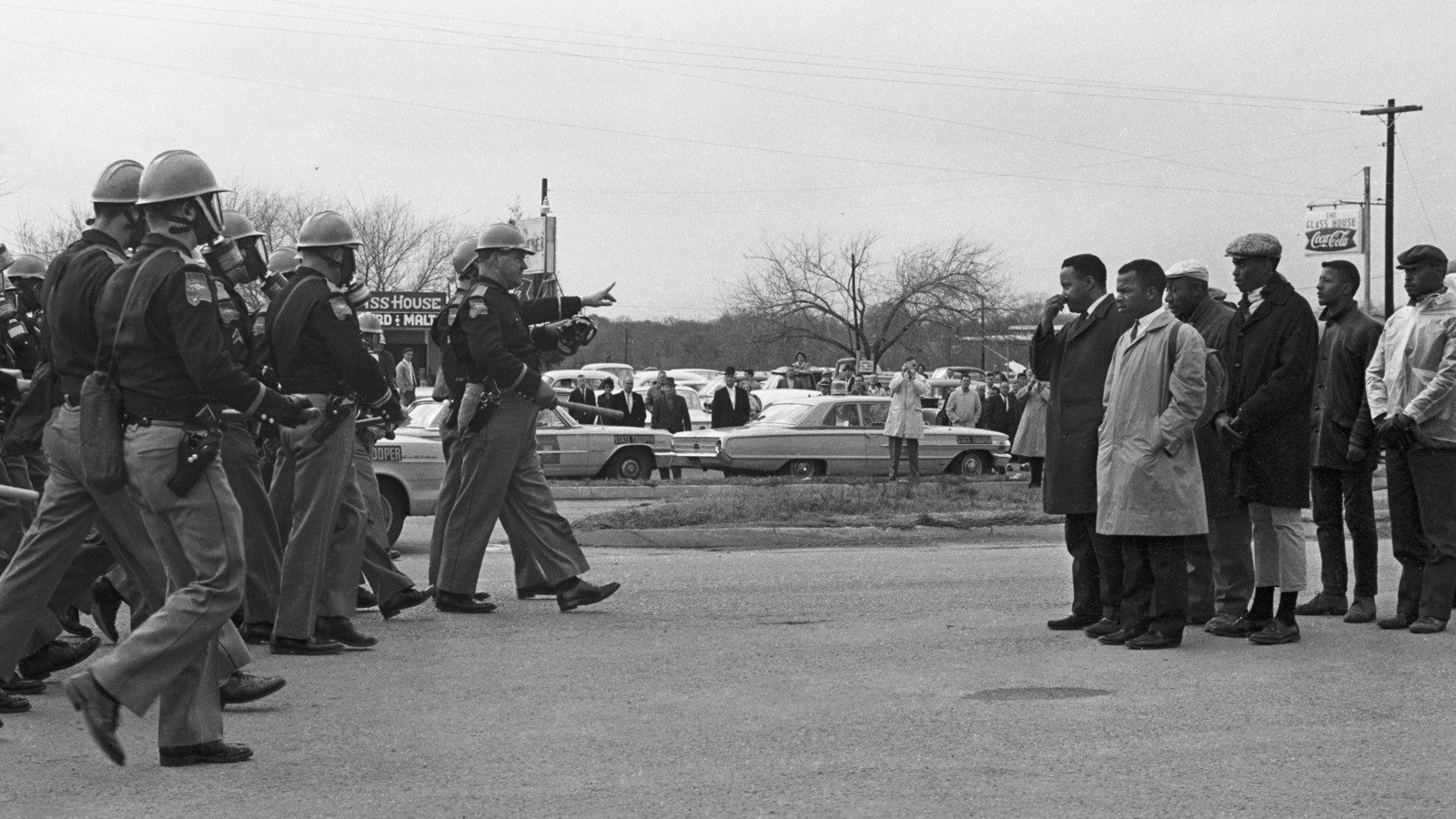
Especially at this moment of social crisis, it seems a moot point to dismiss relevancy as an insignificant part of any film’s power, something that goes double for a documentary about a subject of this sort. For my own part, I saw I Am Not Your Negro in the largest crowd I’ve ever seen at an arthouse theater. The audience was appropriately lively, and I would easily concede that I was swept up in the emotions of the crowd. But I Am Not Your Negro is no mere piece of rabble-rousing agitprop, nor is it heedlessly provocative for the sake of “sending a message.” It is relentlessly sober, contemplative, yet simmering with all too deserving anger, as Raoul Peck dives with incisiveness into a uniquely American kind of of injustice through one of the nation’s most singular minds.
It should be emphasized here that there is a harmony between subject and filmmaker that I have very rarely seen. Peck and James Baldwin are both shown to be equal parts celar-minded and wily, making points with wit that never masks an almost deadly seriousness. For Baldwin, this manifests itself largely in his archival interviews (which are contrapuntal to Jackson’s voiceover, of which much will be discussed later), and for Peck, this is shown in his sense of montage. It is sometimes almost hilariously literal (displaying footage of Mars while Baldwin describes the dissociation of whites from blacks) and sometimes breathtakingly damning, as he lets various scenes from media play in full and employs just the appropriate amount of current-day footage without letting it become distractiong.
But, arguably, I Am Not Your Negro‘s most valuable asset is Samuel L. Jackson’s revelatory voiceover performance of Baldwin’s unfinished manuscript Remember This House, which forms the backbone of the documentary and was supposed to be a personal retelling of the assassinations of Medgar Evers, Martin Luther King Jr., and Malcolm X. Jackson is extraordinarily, heartbreakingly subdued here, his trademark fire and brimstone compressed into a voice just barely recognizable. It is subdued, but it broils with repressed anger to a degree that every quiver, every pause conveys a bottomless pit of sorrow and emotion. Peck wisely alternates between this proposal of a book and the more energetic archival footage, and in doing so creates a cohesive and often troubling whole.
It is entirely false to say that Peck is didactic in his filmmaking or arguments, and only rarely does it feel as if he is “just” making his point to the audience. His form of rhetoric is couched in categorical terms (there are various parts named like “Heroes”), and it slowly builds throughout the film as the evidence mounts and Baldwin’s (and Peck’s) views are explicated further and further. There are the bravura scenes, such as an extended excerpt from Baldwin’s appearance on the Dick Cavett show where he rightfully excoriates a foolish professor who claims that Baldwin has a similar experience to him. But there are also the more damning and castigatory (and usually the weaker) scenes, like one that explicitly condemns Gary Cooper and Doris Day for being the emblems of comfortable white society.
But it is entirely to I Am Not Your Negro‘s benefit that Peck stops short of laying out a clear-cut message, as he recognizes the issues at hand are far more complex and important than befits a sound bite. Baldwin himself says “the history of America is the history of the Negro in America. And it’s not a pretty picture,” and the film makes the case in astonishingly powerful and almost unanimously persuasive terms. It draws no quarter in its insight, in its anger, and its genuine call for change.